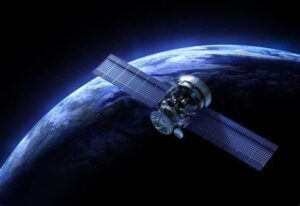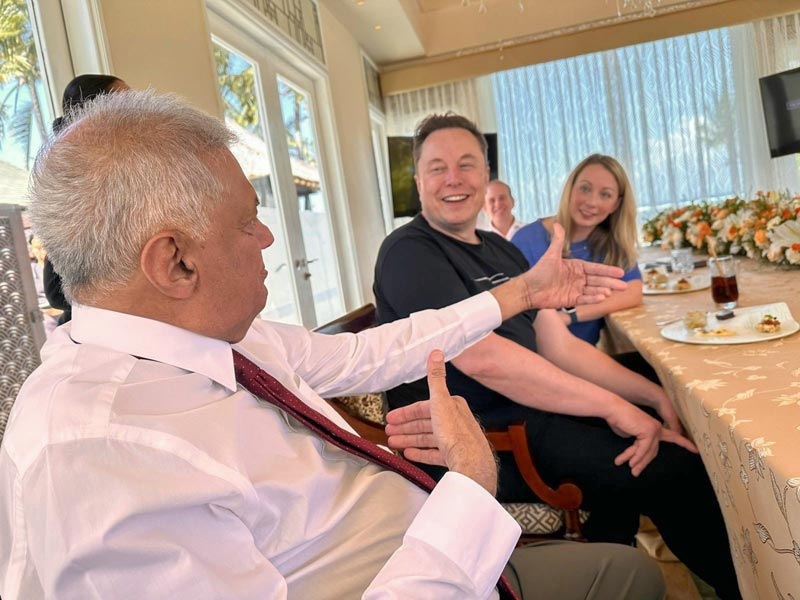Sri Lanka is changing its Telecommunications Regulatory Commission (TRC) Act to allow the Starlink satellite system, created by SpaceX and Tesla’s Elon Musk, to operate in the country.
The government has given preliminary approval for Starlink to offer satellite internet services after a public consultation. This decision came after President Ranil Wickremesinghe met Elon Musk during the 10th World Water Forum in Indonesia two months ago.

Currently, Sri Lanka’s TRC law does not allow licenses for third-party telecommunication services. The new amendment, which will be discussed in parliament on Tuesday (09), will introduce three types of licenses: infrastructure service license, telecommunication service license, and cable landing station license, according to State Technology Minister Kanaka Herath.
“Starlink will be covered under the telecommunication service license,” Herath said at a press conference in Colombo on Monday (08).
He mentioned that legal concerns have been resolved with advice from the Attorney General’s Department, and the amendment has passed the parliament oversight committee.
Herath also noted that partnering with Starlink will bring fast satellite internet to Sri Lanka, significantly advancing the technology sector. Starlink is not currently a phone network provider in Sri Lanka, but the amendment will allow TRC to issue a license to Starlink.
Starlink, part of Musk’s SpaceX, is a low Earth orbit satellite network providing high-speed internet to around 3 million people in nearly 100 countries.
High-Speed Internet access:
The main goal of Starlink is to provide high-speed internet access to people in remote and underserved areas around the world.
Starlink is a network of small satellites that orbit the Earth. These satellites are part of a “constellation” that work together to deliver internet service. Unlike traditional internet that relies on cables and ground-based infrastructure, Starlink uses satellites to beam internet signals directly to users.

Satellites in Low Earth Orbit:
Starlink’s satellites are positioned in low Earth orbit (LEO), which is much closer to the Earth compared to traditional satellites. This close proximity helps in providing faster internet speeds and lower latency (the delay before a transfer of data begins).
User Equipment:
To access Starlink’s internet, users need a satellite dish and a modem. The dish, often called “Dishy McFlatface,” is designed to be easy to set up. It automatically aligns itself to the best position to connect with the satellites overhead.
High-Speed Internet:
Starlink promises high-speed internet, with speeds typically ranging from 50 Mbps to 150 Mbps. Some users have reported even higher speeds. This makes it suitable for activities like streaming videos, online gaming, and video calls.
Ongoing Development:
SpaceX continues to launch new satellites to expand the Starlink network. As of now, there are over 3,000 Starlink satellites in orbit, with plans to launch many more. The service is already available in nearly 100 countries, providing internet to around 3 million people.
Starlink is revolutionizing the way we access the internet by using a network of low Earth orbit satellites to provide high-speed, low-latency internet service. Its focus on reaching remote and underserved areas has the potential to make a significant impact on global connectivity, bridging the digital divide and fostering economic growth. For more information, you can visit the official Starlink website or check out SpaceX’s updates on Starlink.







